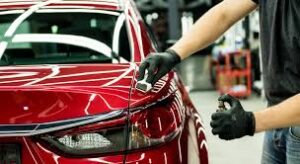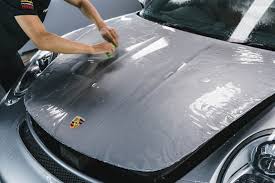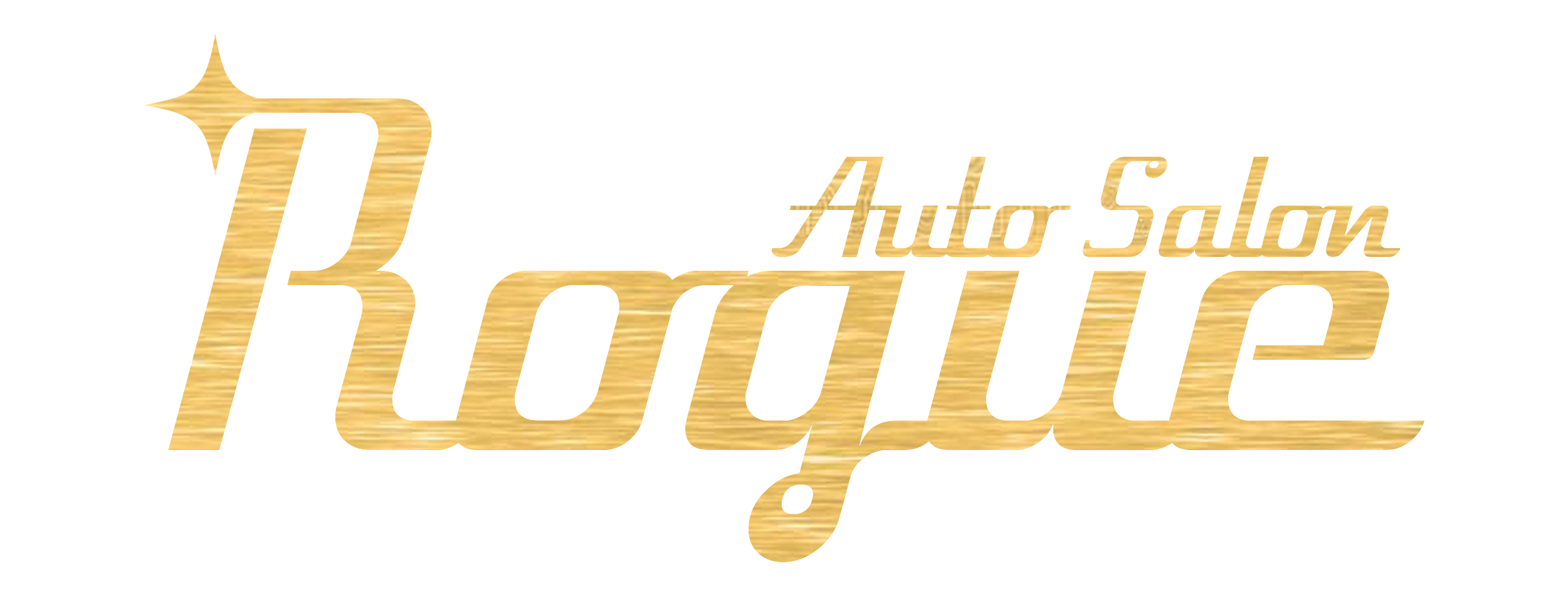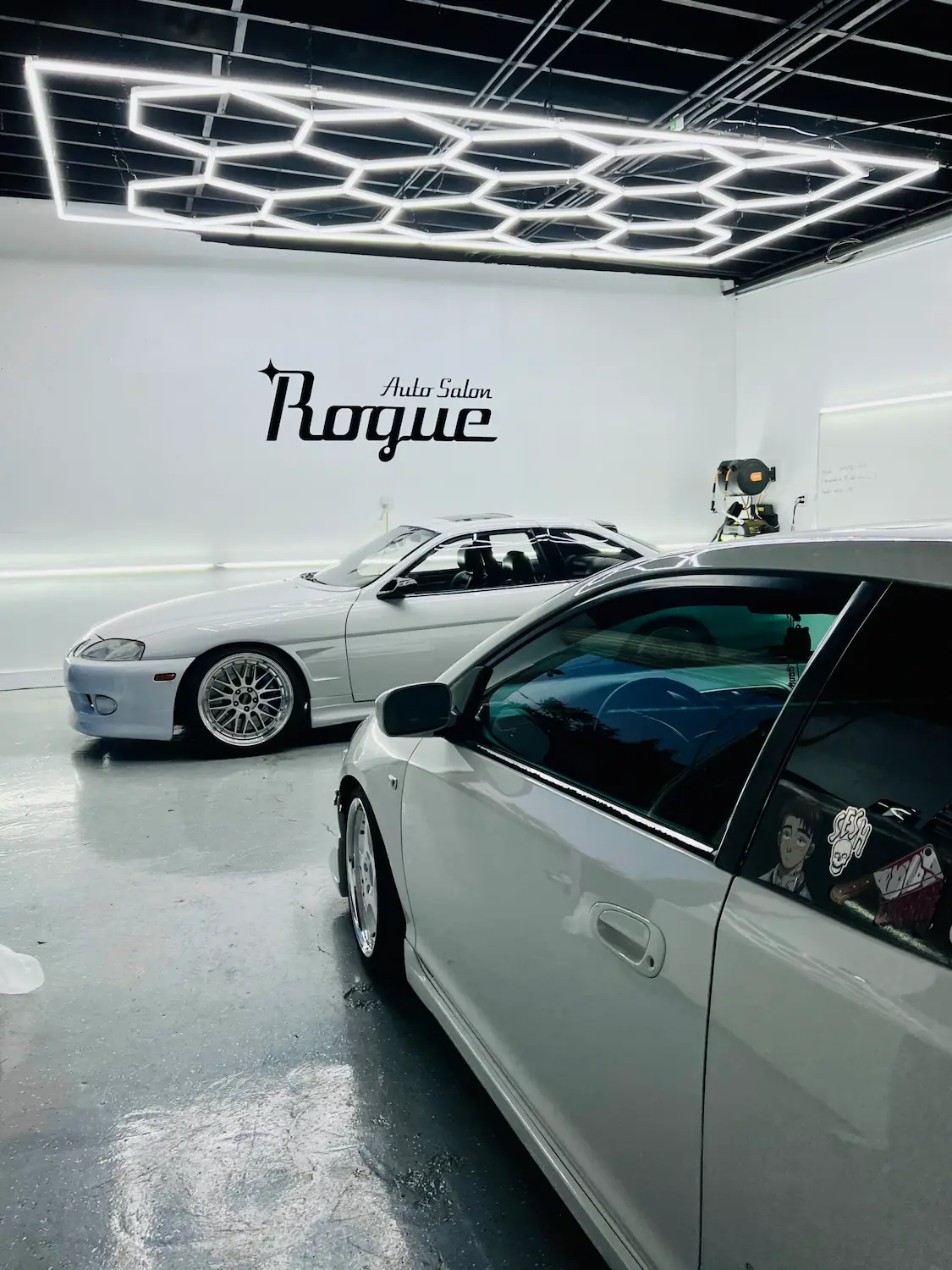Autocare
Ceramic coating and paint protection film
Where we turn cars into showcases of pristine perfection.
When it comes to keeping your car’s paint looking fresh and glossy, ceramic coating and paint protection film (PFF) are a popular choice. Both have distinct benefits making them suitable for different needs. But, how do you decide which is the better choice for your car? Let’s dive in and find out.
What is Ceramic Coating?
Ceramic coating is a liquid polymer applied to a car’s paint. When it dries, it creates a chemical bond with the paint, forming a hydrophobic (water-repellent) layer. This layer helps protect against minor scratches, UV rays, and environmental contaminants like bird droppings, tree sap, and dirt. Since it repels water, it’s also easier to clean—dirt and grime slide off without too much scrubbing.

The biggest benefit of ceramic coating is its ability to enhance your car’s shine. It creates a glossy, mirror-like finish that keeps the paint looking vibrant. However, ceramic coating doesn’t offer the same level of physical protection as PPF. While it can handle minor scratches, it won’t protect against rock chips or more significant abrasions.
What is Paint Protection Film (PPF)?
Paint Protection Film, also known as PPF, is a transparent, urethane-based film applied to your car’s paint. Unlike ceramic coating, PPF is designed to offer a physical barrier that can absorb and deflect impact from road debris, gravel, and other hazards that can cause paint chips and scratches. It’s self-healing, which means minor scratches can disappear over time when the film is exposed to heat.

PPF offers excellent durability, especially for the front bumper, hood, and other areas exposed to debris. However, it can be costly to apply, particularly if you’re covering the entire vehicle. It’s also worth noting that, while PPF offers excellent impact protection, it lacks the hydrophobic properties ceramic coating has to offer.
How are Ceramic Coating and Paint Protection Film different?
Here are some key difference between ceramic coating and paint protection film:
1. Type of Protection
Ceramic Coating provides a chemical barrier that repels water, dirt, and UV rays, protecting against minor scratches and contaminants but not heavy impacts.
PPF acts as a physical shield, protecting the car’s paint from rock chips, scratches, and larger abrasions. It’s designed to absorb impact and self-heal from minor scratches over time.
2. Appearance and Finish
Ceramic Coating enhances the car’s shine, giving it a glossy, mirror-like finish that deepens the paint’s color.
PPF can be clear or have a matte finish but doesn’t inherently enhance the gloss like ceramic coating does.
3. Durability
Ceramic Coating generally lasts 2-5 years, depending on the product and maintenance.
PPF lasts longer, often 5-10 years, and offers better durability against physical damage.
4. Cost
Ceramic Coating is usually more affordable than PPF, especially when covering the entire car.
PPF is more expensive, particularly if applied to the entire vehicle, due to its physical protection properties and installation complexity.
5. Maintenance
Ceramic Coating is hydrophobic, making it easier to wash off dirt and grime.
PPF doesn’t have the same hydrophobic qualities, so it may require more regular cleaning to maintain clarity.
Ceramic Coating Vs. PPF: Which is Better?
The answer depends on your priorities. If you’re looking for a high-gloss, sleek finish with easy maintenance—ceramic coating may be the better option. It’s the best deal for car owners who prioritize appearance and want a moderate level of protection for their car.
However, if your main concern is to protect your car from scratches and chips, PPF is the way to go. It provides extra impact protection and longevity, making it especially popular among luxury and sports car owners.
In some cases, combining both may offer the best of both worlds. So, PPF goes to high-impact areas and ceramic coating over the rest of the vehicle.
Why Choose Rogue Auto Salon?
Rogue Auto Salon offers premium ceramic coating and paint protection film (PPF) services designed to keep your vehicle looking pristine. We offer affordable prices with expert care and premium products.
Ready to give your car the protection it deserves? Contact us today to book your appointment for a showroom finish that turns heads wherever you go!

